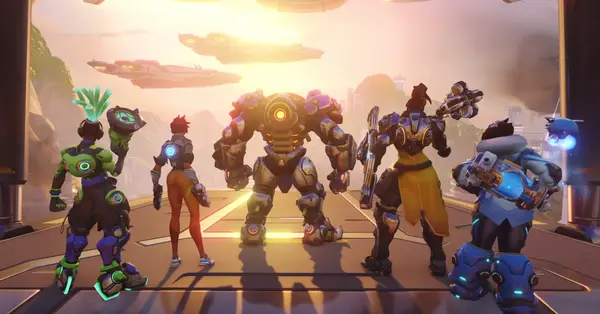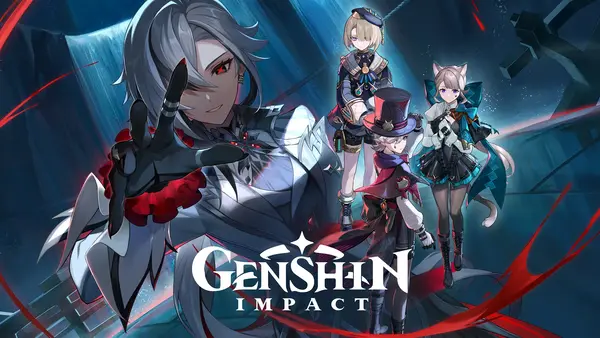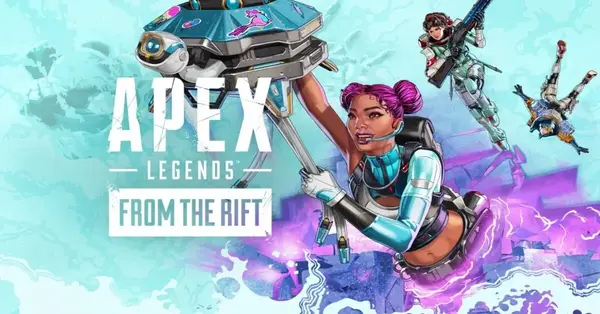Advertisement
Popular Now
Introduction
Overwatch 2, developed by Blizzard Entertainment, has transformed the landscape of team-based first-person shooters (FPS) since its release in October 2022. Building on the success of its predecessor, Overwatch, the game introduced new heroes, maps, and gameplay modes. However, one of the most pressing issues that both players and developers face is game balance. This article explores the intricate challenges of balancing Overwatch 2, focusing on hero design, meta shifts, community feedback, and the ongoing efforts by Blizzard to create a fair and enjoyable gaming experience.
Understanding Game Balance
What is Game Balance?
Game balance in Overwatch 2 refers to the adjustments made to ensure that no hero, strategy, or team composition dominates the gameplay. A balanced game allows players to choose from a variety of heroes and strategies without feeling compelled to select a "meta" hero to win.The Importance of Balance
Maintaining balance is crucial for player satisfaction. Imbalance can lead to frustration, decreased player retention, and a toxic environment where certain heroes become overused. For instance, if a hero is perceived as too powerful, it can discourage players from trying other heroes, leading to a stale gameplay experience.The Evolution of Overwatch 2 Balance
The Transition from Overwatch
When Overwatch transitioned to Overwatch 2, the developers had to rethink hero balance from the ground up. The shift to 5v5 gameplay changed the dynamics, as teams now consist of one tank, two damage dealers, and two support heroes. This new structure introduced fresh challenges in balancing heroes.Initial Balance Concerns
Upon release, players quickly identified balance issues. For example, certain tank heroes like Reinhardt and Orisa were deemed too strong, while others, like Wrecking Ball, struggled to find their place in the new meta. This led to immediate calls for adjustments from the community.Hero Design and Its Impact on Balance
Designing Heroes for Balance
Hero design is a critical aspect of balancing Overwatch 2. Each hero must fulfill a specific role—tank, damage, or support—while offering unique abilities that enhance team dynamics. The challenge lies in ensuring that no hero is over- or underpowered relative to others.The Role of Synergy
Synergy between heroes is essential for creating balanced gameplay. Certain hero combinations can create overwhelming advantages. For instance, the pairing of Zarya and Reinhardt can lead to devastating team plays. Developers must consider these synergies when making balance adjustments to prevent dominant strategies from emerging.The Meta Game and Its Shifts
Understanding the Meta
The "meta" in Overwatch 2 refers to the most effective strategies and hero compositions at any given time. The meta is fluid, changing with balance patches, new hero releases, and shifts in player strategies. Understanding the meta is essential for players looking to maximize their chances of winning.Meta Evolution Over Time
The meta in Overwatch 2 has evolved significantly since its launch. For instance, the introduction of new heroes like Kiriko shifted the support meta, leading to increased viability for heroes like Genji and Hanzo. As players adapt to these changes, the developers must respond by adjusting hero strengths and weaknesses.
The Impact of Community Feedback
Engaging with Players
Blizzard has long emphasized community engagement in the development process. Through forums, social media, and official feedback channels, developers gather player insights on balance issues. This engagement fosters a sense of collaboration between the community and the developers.Case Studies of Community Influence
One notable instance occurred with the hero Mei. Initially perceived as underwhelming, player feedback led to adjustments that enhanced her utility in matches. This responsiveness demonstrated Blizzard's commitment to listening to player concerns and making necessary changes.Data-Driven Balancing
Utilizing Game Data
Blizzard employs a data-driven approach to balance, analyzing player statistics, win rates, and hero pick rates. This analytical process is critical for identifying heroes that may require adjustments.Making Informed Decisions
For example, if a hero’s win rate spikes significantly, it may indicate a need for nerfing. Conversely, if a hero is rarely picked, developers might buff them to encourage diversity in gameplay. This data-driven approach helps maintain balance while being responsive to player experiences.The Role of Competitive Play
Balancing for Competitive Integrity
Competitive play in Overwatch 2 places additional pressure on balance. Heroes that dominate in ranked play can skew the competitive landscape, making it essential for developers to ensure that no single hero or strategy is excessively powerful.Adjusting for Competitive Seasons
As new seasons of competitive play begin, Blizzard often implements balance changes to refresh the meta. For instance, if a particular hero becomes a staple in high-level play, developers may adjust their abilities to promote diversity in team compositions.The Future of Balancing in Overwatch 2
Anticipating Future Challenges
As Overwatch 2 continues to evolve, maintaining balance will remain a significant challenge. New hero releases and map changes can disrupt established dynamics, requiring ongoing adjustments from Blizzard.Innovations in Balancing Techniques
Blizzard is exploring new balancing techniques, including more frequent micro-patches and community involvement in testing. These proactive measures aim to create a more stable and enjoyable gaming experience for players.

















